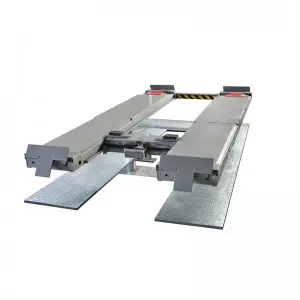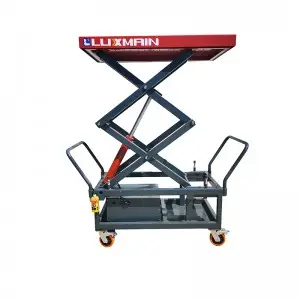Cylinder designs have proven to be versatile and practical in various industries and applications. From engines and hydraulic systems to packaging and architecture, cylinders play a vital role in many different fields. Their unique shape and functionality make them indispensable for numerous tasks, showcasing their efficiency and effectiveness.
One of the most common uses of cylinder designs can be found in the automotive industry. Vehicle engines rely on cylinders for internal combustion, where pistons move up and down within the cylinders to generate power. This design allows for controlled explosions that ignite fuel and air mixtures, propelling vehicles forward. Cylinders in engines can come in various configurations, such as in-line, V-shaped, or opposed, depending on the engine type.
In addition to engines, hydraulic systems heavily depend on cylinders. Hydraulic cylinders use fluid pressure to generate linear force and motion. These cylinders are widely used in construction equipment, manufacturing machinery, and even aircrafts. Their ability to transfer force efficiently through the hydraulic fluid allows for precise and powerful control, making them essential in heavy-duty applications.
Cylinder designs have also made significant contributions to the field of packaging. Cans and containers often adopt cylindrical shapes due to their practicality in storage and transportation. The rounded edges and even distribution of stress in a cylindrical structure make it more durable and resistant to external pressure, ensuring the protection of its contents. From food and beverages to industrial goods, products packaged in cylindrical containers are both functional and visually appealing.

The Versatility and Practicality of Cylinder Designs
Moreover, the architectural industry has embraced the use of cylinder designs in modern building structures. Architects and engineers utilize cylindrical shapes to provide stability and aesthetic appeal. Buildings with cylindrical features, such as curved walls or cylindrical towers, are not only visually striking but also structurally sound. These designs distribute forces evenly, creating sturdy and stable constructions, whether they are skyscrapers or smaller-scale structures.
Beyond these notable applications, cylinders are also utilized in countless other industries and contexts. For example, pneumatic cylinders are used in automation systems to generate linear motion, while gas cylinders store and transport compressed gases for various purposes, such as welding or medical applications. The versatility of cylinders is evident in their ability to adapt to diverse requirements across multiple sectors.

The Versatility and Practicality of Cylinder Designs
Advancements in technology have further expanded the horizons of cylinder design. New materials, such as carbon fiber composites, are being used to create lightweight cylinders without compromising strength. This opens up opportunities for more efficient and eco-friendly applications. Additionally, the integration of sensors and smart technologies enhances the performance and monitoring capabilities of cylinders, further increasing their value and usability.

The Versatility and Practicality of Cylinder Designs
In conclusion, cylinder designs have revolutionized numerous industries due to their practicality and versatility. From powering vehicles and enabling hydraulic systems, to packaging products and shaping architectural landmarks, cylinders have become indispensable. Their unique shape and functionality allow for a wide range of applications and make them an integral part of modern society. As technology continues to evolve, we can anticipate further advancements in cylinder design, offering even greater innovation and efficiency across various sectors.quicklift car lift
